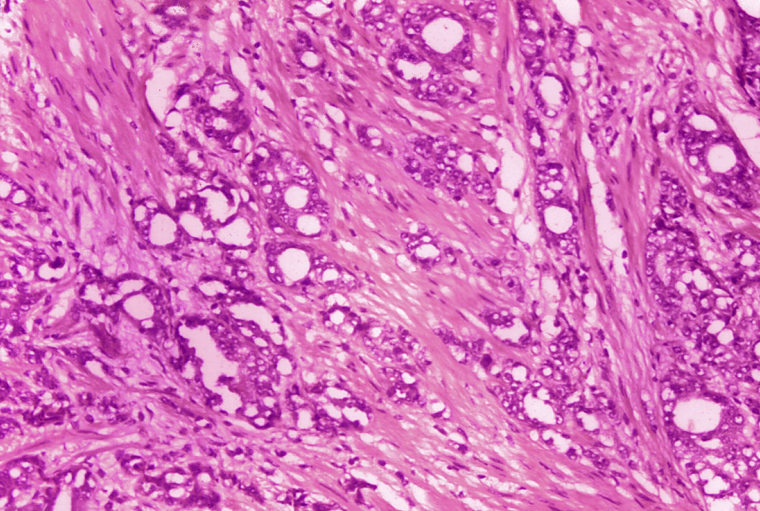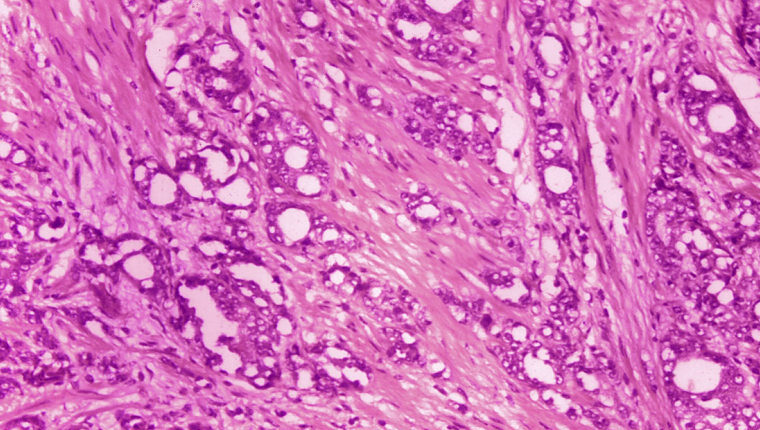Researchers have found long-term evidence that actively monitoring localized prostate cancer is a safe alternative to immediate surgery or radiation.
The results, released Saturday, are encouraging for men who want to avoid treatment-related sexual and incontinence problems, said Dr. Stacy Loeb, a prostate cancer specialist at NYU Langone Health who was not involved in the research.
The study directly compared the three approaches — surgery to remove tumors, radiation treatment and monitoring. Most prostate cancer grows slowly, so it takes many years to look at the disease’s outcomes.
“There was no difference in prostate cancer mortality at 15 years between the groups,” Loeb said. And prostate cancer survival for all three groups was high — 97% regardless of treatment approach. “That’s also very good news.”
The results were published Saturday in the New England Journal of Medicine and presented at a European Association of Urology conference in Milan, Italy. Britain’s National Institute for Health and Care Research paid for the research.

Men diagnosed with localized prostate cancer shouldn’t panic or rush treatment decisions, said lead author Dr. Freddie Hamdy of the University of Oxford. Instead, they should “consider carefully the possible benefits and harms caused by the treatment options.”
A small number of men with high-risk or more advanced disease do need urgent treatments, he added.
Researchers followed more than 1,600 U.K. men who agreed to be randomly assigned to get surgery, radiation or active monitoring. The patients’ cancer was confined to the prostate, a walnut-sized gland that’s part of the reproductive system. Men in the monitoring group had regular blood tests and some went on to have surgery or radiation.
Death from prostate cancer occurred in 3.1% of the active-monitoring group, 2.2% in the surgery group, and 2.9% in the radiation group, differences considered statistically insignificant.
At 15 years, cancer had spread in 9.4% of the active-monitoring group, 4.7% of the surgery group and 5% of the radiation group. The study was started in 1999, and experts said today’s monitoring practices are better, with MRI imaging and gene tests guiding decisions.
“We have more ways now to help catch that the disease is progressing before it spreads,” Loeb said. In the U.S., about 60% of low-risk patients choose monitoring, now called active surveillance.
Hamdy said the researchers had seen the difference in cancer spread at 10 years and expected it to make a difference in survival at 15 years, “but it did not.” He said spread alone doesn’t predict prostate cancer death.
“This is a new and interesting finding, useful for men when they make decisions about treatments,” he said.
Source: | This article originally belongs to Nbcnews.com









